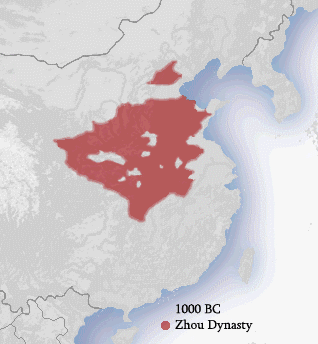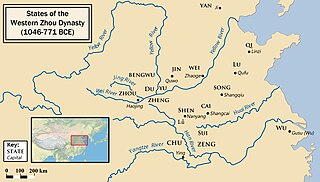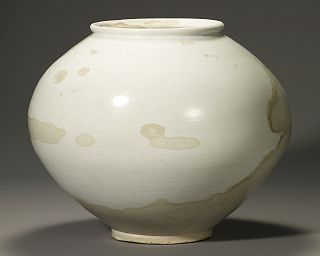The 6th century BC started on the first day of 600 BC and ended on the last day of 501 BC.

The 7th century BC began the first day of 700 BC and ended the last day of 601 BC.
The 8th century BC started the first day of 800 BC and ended the last day of 701 BC. The 8th century BC was a period of great change for several historically significant civilizations. In Egypt, the 23rd and 24th dynasties lead to rule from Kingdom of Kush in the 25th Dynasty. The Neo-Assyrian Empire reaches the peak of its power, conquering the Kingdom of Israel as well as nearby countries.
The 10th century BC comprises the years from 1000 BC to 901 BC. This period followed the Late Bronze Age collapse in the Near East, and the century saw the Early Iron Age take hold there. The Greek Dark Ages which had come about in 1200 BC continued. The Neo-Assyrian Empire is established towards the end of the 10th century BC. In the Iron Age in India, the Vedic period is ongoing. In China, the Zhou dynasty is in power. Bronze Age Europe continued with Urnfield culture. Japan was inhabited by an evolving hunter-gatherer society during the Jōmon period.

The Zhou dynasty was a royal dynasty of China that existed for 789 years from c. 1046 BC until 256 BC, the longest such reign in Chinese history. During the Western Zhou period, the royal house, surnamed Ji, had military control over ancient China. Even as Zhou suzerainty became increasingly ceremonial over the following Eastern Zhou period (771–256 BC), the political system created by the Zhou royal house survived in some form for several additional centuries. A date of 1046 BC for the Zhou's establishment is supported by the Xia–Shang–Zhou Chronology Project and David Pankenier, but David Nivison and Edward L. Shaughnessy date the establishment to 1045 BC.

The Shang dynasty, also known as the Yin dynasty, was a Chinese royal dynasty that ruled in the Yellow River valley during the second millennium BC, traditionally succeeding the Xia dynasty and followed by the Western Zhou dynasty. The classic account of the Shang comes from texts such as the Book of Documents, Bamboo Annals and Records of the Grand Historian. Modern scholarship dates the dynasty between the 16th and 11th centuries BC, with more agreement surrounding the end date than beginning date.
This article concerns the period 519 BC – 510 BC.
This article concerns the period 579 BC – 570 BC.
This article concerns the period 619 BC – 610 BC.
This article concerns the period 779 BC – 770 BC.
The 1360s BC is a decade which lasted from 1369 BC to 1360 BC.

This is a timeline of Chinese history, comprising important legal and territorial changes and political events in China and its dynasties. To read about the background to these events, see History of China. See also the list of Chinese monarchs, Chinese emperors family tree, dynasties of China and years in China.

A necklace is an article of jewellery that is worn around the neck. Necklaces may have been one of the earliest types of adornment worn by humans. They often serve ceremonial, religious, magical, or funerary purposes and are also used as symbols of wealth and status, given that they are commonly made of precious metals and stones.

The Western Zhou was a period of Chinese history, approximately first half of the Zhou dynasty, before the period of the Eastern Zhou. It began when King Wu of Zhou overthrew the Shang dynasty at the Battle of Muye and ended when Quanrong pastoralists sacked its capital Haojing and killed King You of Zhou in 771 BC.

Jinshi was the highest and final degree in the imperial examination in Imperial China. The examination was usually taken in the imperial capital in the palace, and was also called the Metropolitan Exam. Recipients are sometimes referred to in English-language sources as Imperial Scholars.
This timeline of ancient history lists historical events of the documented ancient past from the beginning of recorded history until the Early Middle Ages. Prior to this time period, prehistory civilizations were pre-literate and did not have written language.

Moon jar is a type of traditional Korean white porcelain which was made during the Joseon dynasty (1392–1910). The Joseon white porcelain was adopted as imperial ware in the fifteenth century. Moon jars first appeared in the late seventeenth century and remained popular until the mid-eighteenth century. However, they were not nicknamed “moon jars” until the 1950s. The name comes from its shape and milky color of the glaze to resemble the coloration of the moon. This type of vessel is completely unique to the Joseon Dynasty and were never produced in China or Japan.

A gui is a type of bowl-shaped ancient Chinese ritual bronze vessel used to hold offerings of food, probably mainly grain, for ancestral tombs. As with other shapes, the ritual bronzes followed early pottery versions for domestic use, and were recalled in later art in both metal, pottery, and sometimes stone. The shape changed somewhat over the centuries but constant characteristics are a circular form, with a rounded, wide, profile or shape from the side, standing on a narrower rim or foot. There are usually two, or sometimes four, handles, and there may be a cover or a square base.
The following outline is provided as an overview of and topical guide to ancient China:









